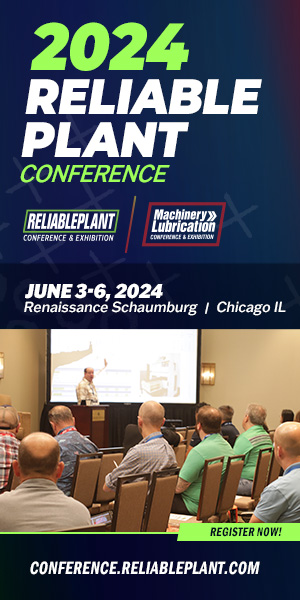The distance between a Ford engineer's bright idea and a customer's vehicle is shrinking.
With competition and customer expectation wound tighter than ever before, the "what if" people in Ford Research and Advanced Engineering are now "can do."
So, inflatable seat belts were off the drawing boards and into the public spotlight during the recent North American International Auto Show. Collision avoidance devices have been built into the Volvo S80 in 2006. And through the emerging science of nanotechnology, Ford research may one day build efficient hydrogen storage, develop battery technologies and create other automotive applications.
"Getting to the starting line isn't good enough," says Gerhard Schmidt, vice president of Ford Research and Advanced Engineering. "I think there's a growing importance to bring new technologies and innovations into our products. We need to win the race and innovation will be the differentiator."
Comprised of roughly 1,300 scientists, engineers and developers originating from more than 55 different countries, Research and Advanced Engineering is a global endeavor that is systemically networked among all Ford Motor Company brands and regions – both in Europe, Asia, and the
Even during recent tough times, their work remains integral to the company.
Mark Fields, president, The Americas, and architect of Ford's Way Forward turnaround plan has said, "Big innovations are the key to turning around Ford Motor Company."
"Our goal is not just to compete, but to change the basis of competition by coming out with great innovations – the kind that are so relevant to the lives of their users they bring new customers to market," Fields said.
At Ford's Research and Advanced Engineering, the work engineers do impacts all aspects of the company's cars and trucks, including safety, emissions, fuel economy, materials, comfort and convenience, power and performance.
"We usually start the process by looking at what is going on outside the company with our customer base," says Richard Parry-Jones, Ford's group vice president, chief technical officer. "It's a good opportunity to put our research work in context because it summarizes where society is looking for technical solutions from companies like us."
"Just as the Model T revolutionized the world, so too will the technologies being created by the R&A team," says Schmidt. "From next generation seat belt designs to advanced manufacturing techniques, from clean diesel to fuel cell vehicles, the technologies we develop symbolize the future of transportation and are a result of teamwork among our scientists, engineers and customers to deliver the future today."
Advanced engineers pursue three specific areas of research: safety, sustainability, and design.
- Ford's commitment to safety features on vehicles include such innovations as child rear door locks in 1955 to recent innovations as AdvanceTrac with Roll Stability Control. The R&A team looks at all aspects of safety – for the driver, the passengers, the family in the other vehicle, for pedestrians and Ford employees. Some of their new technologies include Jaguar’s XK Pedestrian Safety System, a side impact dummy for global use, accident avoidance sensors, blind spot monitoring and an inflatable seat belt.
- Ford Motor Company has long said that sustainability, the effective use of environmental and social, as well as economic capital, is essential to its future success. The R&A group is developing a range of alternative technologies that address such issues as climate change, energy security, safety, congestion, noise and the use of renewable resources and materials.
- In addition to safety and sustainability, R&A works on what makes Ford vehicles functional, reliable and fun to drive. From the electrical architecture to seat engineering, they focus many projects on how to improve the customer's vehicle experience.
In total, R&A accounts for more than one-third of the patents and invention disclosures at Ford in any given year. In 2006 alone, R&A was granted nearly 200 patents, coupled with a number of patent applications, invention disclosures, scientific papers and other research products.
The North American Ford R&A team is housed at the Ford Research and Innovation Center (RIC) in Dearborn, a premier technological and applied science facility in the automotive industry. The RIC features many industry-leading technologies and labs, such as the VIRTTEX, short for VIRtual Test Track Experiment, one of the world’s most advanced driving simulators and the Spin Torsional Laboratory, where engineers use a “virtual” engine to determine NVH (noise, vibration and harshness) vehicle characteristics.
While the majority of their work takes place at the RIC, there are also facilities and staff conducting research around the world. For example, the Ford Forschungszentrum Aachen in




